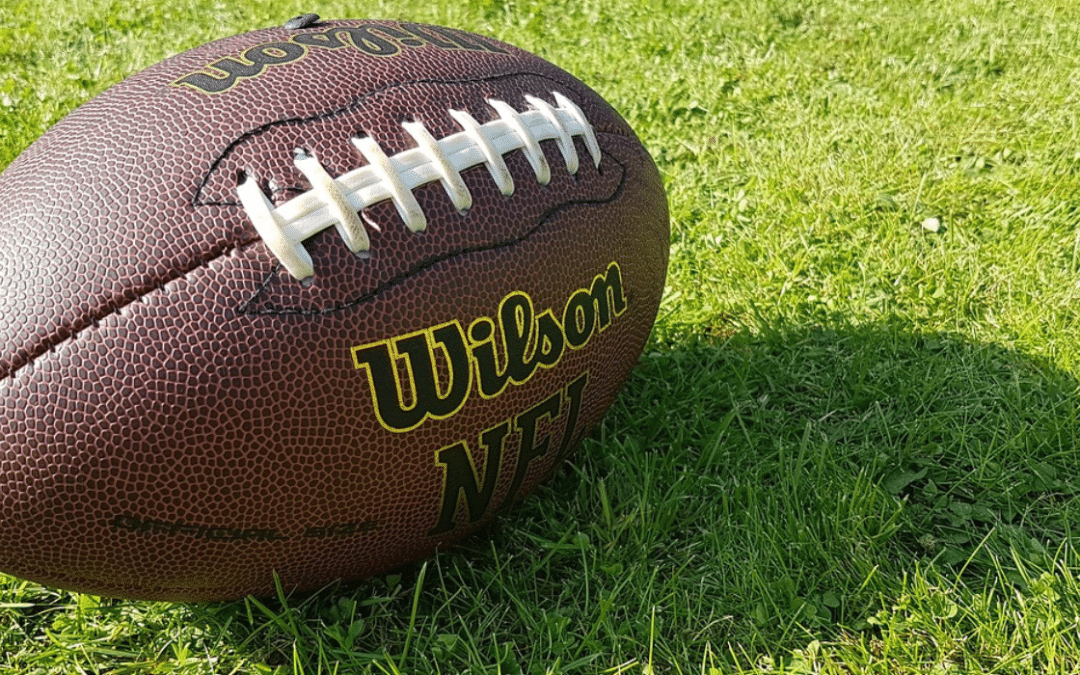Tackling Fall Lawn Care: Scoring a Lush Landscape
With the sun about to set on another summer and attention turned to football and cooler weather, it’s easy to move lawn and yard maintenance to the bottom of the to-do list. Tackling fall lawn care now is essential if you want to score a lush landscape. For our northerners, prepping your lawn before the colder months is vital for an easy spring. In Florida, lawncare never stops but changing strategies throughout the year will keep your lawn looking green. Below, we share some pro tips to help.
Clean Up
Whether you choose to use a rake, collection mower or leaf blower, be sure to get leaves off your lawn before they grow damp, clump up and suffocate the grass, especially under a snowfall. Further south where snow is less likely, hurricane season can leave properties covered with leaves, branches and other lawn-damaging debris. Cleanup will not only protect your lawn, but “future you” will appreciate not having to deal with wet, mildewed leaf cleanup in the spring.
Mow
Grass continues to grow until the first frost, so don’t sideline your mower just yet. Keep grass trimmed, so it doesn’t grow long and matted under falling snow. Regular mowing will help with leaf control, as well. As the temperatures drop in Florida, adjust the height of your mower blade about a half inch higher. Keeping your grass a bit longer will help protect the roots.
Water
A healthy lawn next spring needs sufficient water in the fall. Your grass will store the necessary moisture, nutrients and energy to last through the long winter.
Up north, if your lawn gets less than an inch of rain a week, quench its thirst until the end of October. Down south, continue to water, through the fall and winter, but less frequently. You’ll want to aim for about an inch a week, and may find a rain gauge helpful in determining when to water.
Regardless of your locale, watering in the morning is best so the lawn has time to dry before night.
Aerate
Over time, a lawn’s soil can become compacted and covered by thatch, which blocks needed water, oxygen and nutrients. To avoid this, our lawn care experts recommend regular dethatching and/or aeration every year or two.
For large gardens or lawns thick with thatch, you may want to invest in a quality dethatcher. In the past, this may have meant grabbing a rake like tool with either half moon or wheeled heads. Today, you can get the job done in half the time with an electric dethatcher or attachment. If you’re working in a hard-to-reach place, a regular thatcher may still be the way to go. You can learn more about the different tools here.
Aeration involves extracting plugs of soil from your lawn, which allows access to the roots.
Aerators used spiked disks to cut through hard soil to loosen it. For especially hard-packed soil, a spade may be necessary
Feed
If you only fertilize once a year in the Northeast, fall is the best time. Scott’s TurfBuilder Winterguard can be applied any time in the fall, and is a game changer because it improves your lawn’s ability to absorb water and nutrients over the winter.
If you are following the four-step program, Scotts Step 4 Fall Lawn Food is an all-star for strengthening your lawn before the winds of winter begin to batter it. Apply it four to six weeks after Step 3, sometime in September or October. It helps build stronger roots for the winter, so you’ll see a thicker, greener lawn in the spring.
We call an audible in Florida, however, where it’s best to fertilize in the spring as growth begins, using a product such as Scott’s Bonus S Florida Weed & Feed. Avoid fertilizing after September, as that can actually weaken your lawn’s defenses. Your lawn becomes more cold-sensitive as temperatures drop, and you don’t want to encourage growth at that time.
Seed
Spreading seed now will allow new grass to fill in any bare or thin patches in your lawn. For a convenient solution, use a lawn repair mixture, which combines seed, fertilizer and mulch.
Lightly rake over the trouble spots in your lawn, spread the mixture, then water thoroughly and continue watering every two days for another two weeks. You’ll have a thicker lawn in spring, offering an end around weeds.
To keep your lawn looking its best over the winter months in Florida, consider overseeding. Your lawn will be thicker and better protected as the weather cools, and the temporary grass will die off in the spring when it’s no longer needed.
Tackling Fall Lawn Care Like a Pro
It takes a strong game plan for your lawn to grow and flourish. If you need help to figure out what that is for your specific lawn, stop on in. Our red-vested heroes are here to help with the products and expertise you need. Visit your local Rocky’s Ace Hardware store today to experience the difference.


